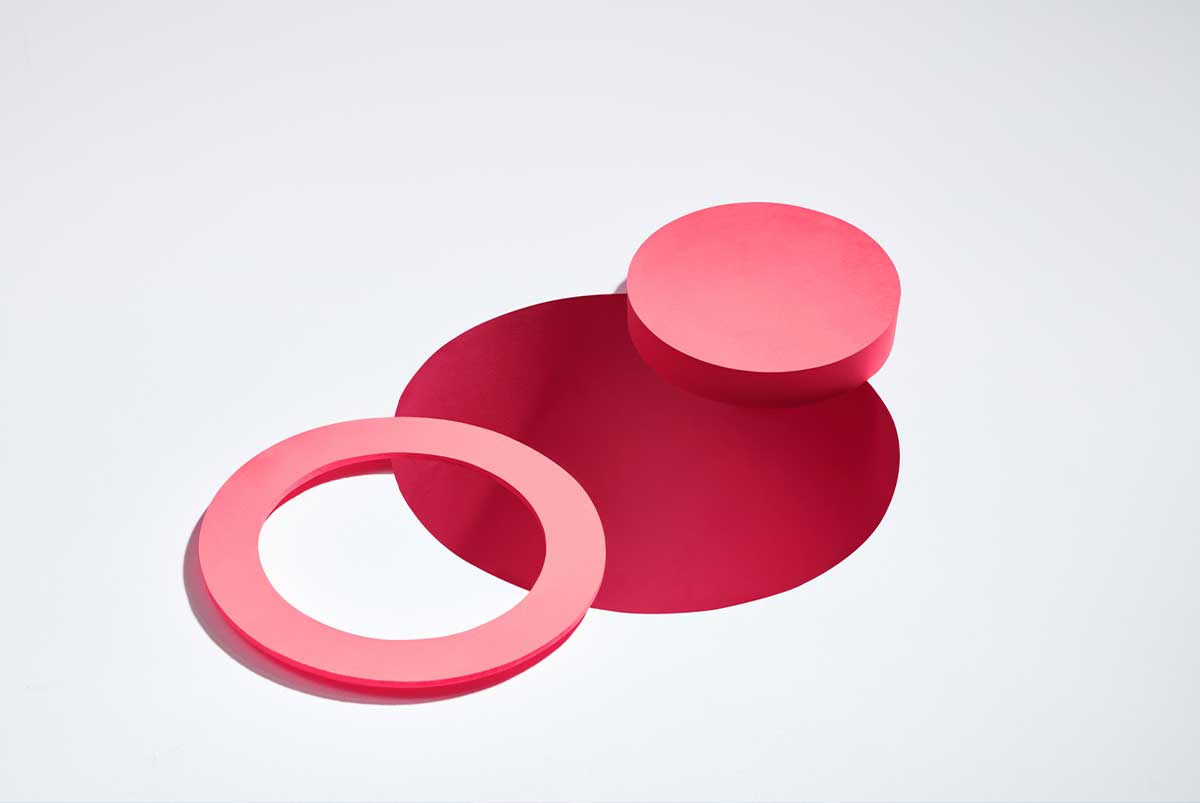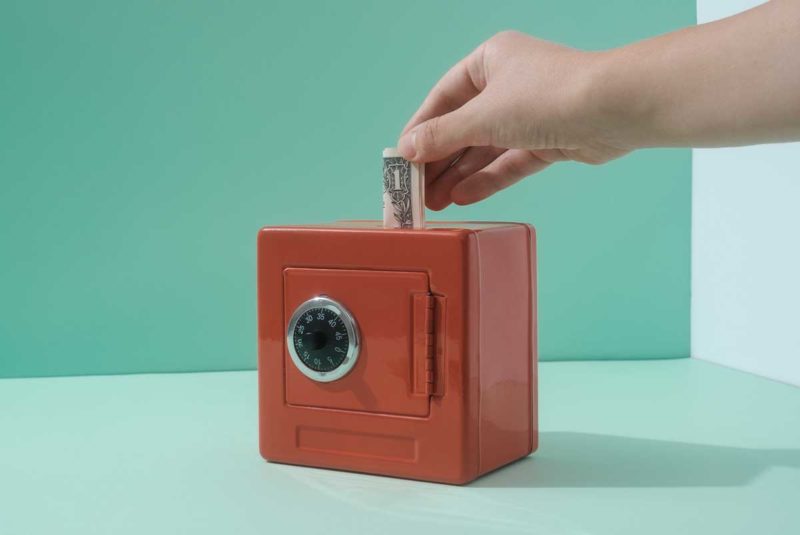You may have received a few credit card offers with a 0% Annual Percentage Rate (APR) on new purchases and balance transfers. Or maybe you’ve been offered special financing when you make a large purchase so you can pay it off over time with “no interest.”
Most credit card companies make money from interest fees (financing charges) when you borrow from them, so why would they offer a credit card that doesn’t charge interest? The catch is these 0% APR offers only last for a limited time.
Credit card companies use them as an incentive to attract new customers or to incentivize existing customers to spend more on their cards.
It’s important to read the fine print and understand the card agreement before you jump in and apply for a new credit card. Some cards, especially those with “special financing offers” from retail stores, have terms that can make them very costly to you in the long run.
Here’s what you need to know about 0% APR/no-interest credit cards and how to choose the best card for you. And remember, you can avoid interest on purchases with most cards as long as you pay your statement balance on time and in full every month.
What Is a 0% APR Credit Card?
Usually, a credit card issuer charges you an interest fee, or a fee for borrowing money, when you don’t pay off all your debt each month.
A credit card with a 0% introductory rate is different. This 0% APR means that for a certain introductory period, usually between 6 – 24 months after opening an account, the credit card issuer won’t charge interest on your debt as long as you pay at least the minimum payment due each month.
This can apply to balance transfers, new purchases, or both.
This is important because credit card companies generally compound interest daily on your balance. When you pay off credit card debt over several months, you actually end up owing the credit card company more money each day that passes, which can add up quickly.
We recommend always paying your full statement balance each month to avoid interest. This makes almost any credit card into a “no-interest” credit card, at least in the short-term, but in some situations you can use a 0% introductory offer strategically to pay off a big purchase or debt over a lengthy period of time without any interest.
When Is a No-Interest Credit Card a Good Idea?
A no-interest credit card is typically recommended in two situations — when you’re either:
- Unable to fully pay off a balance that’s currently accumulating interest charges (see balance transfer cards that can help with that).
- Hoping to finance a large purchase over time without being charged interest (get a 0% purchase APR card).
Existing debt: Balance transfers
If you have debt on one or more credit cards with an APR higher than 0%, you can save a lot of money by consolidating your credit card debt onto a 0% introductory APR balance transfer card, especially if you can pay it off during the introductory term.
Keep in mind, however, that some cards charge a significant balance transfer fee. The typical range is between 2% and 5% of the transferred balance, but there are also some cards that have no balance transfer fee, like the Navy Federal Credit Union Platinum Card.
If you plan to use a card with a promotional balance transfer APR, be sure you have a plan for paying off your debt during the introductory period. Also consider all the costs associated with the balance transfer, including the balance transfer fee and any annual fee your new credit card may have.
Added together, you may not end up saving much money, especially if you wind up carrying a balance after the introductory rate expires.
If you still have debt to pay off at the end of your promotional period, you may be able to find another balance transfer intro offer to keep the no-interest party going, but this can be risky for getting deeper into debt.
If you’re carrying high balances relative to your credit limits your credit scores will likely be lower due to a high utilization rate, so you may not be able to qualify for more balance transfer offers.
New big purchase: 0% intro APR on purchases
A card with a 0% intro APR on new purchases may be a good idea if you plan on making a major purchase you want to pay off over time. If you’re planning to buy a new refrigerator or upgrade the furniture in your apartment, for example, you can spread the payments out over the introductory period, pay no interest charges, and avoid dipping into your savings account for the purchase.
Some cards with a 0% introductory period, like the Blue Cash Everyday® Card from American Express, even come with a bonus: $200 statement credit for spending $2,000 in the first 6 months. The Chase Freedom Flex℠ card offers: $200 bonus for spending $500 in the first 3 months.
Those extra dollars can offset the cost of a major purchase.
Do 0% APR offers affect your credit scores?
Introductory APR offers won’t directly impact your credit scores, but that doesn’t mean they’re without their score-related risks.
The key issue at play is that carrying a balance on a credit card, even if it’s not earning interest, drives your debt-to-limit ratio up, and this could cause a drop in your credit scores. Fortunately, once that balance is paid down to zero, any damage its high utilization may have inflicted in the past should be undone.
What Should I Watch for With 0% APR Credit Cards?
There are five big things to understand before you get a 0% intro APR card:
- Length of the intro APR
- Always pay your bill on time
- Beware of “deferred interest” offers
- Understand the different APRs
- Know the fees
Length of intro APR
Make sure you know the length of the introductory APR period. If you want to avoid interest completely, you’ll want to pay off your full balance before the intro period ends. Longer intro APR periods are usually better, but sometimes there are trade-offs.
For example, you might find a card with a great points or cash back rewards program that has a shorter intro APR period than other cards.
Pay on time
With any card that has a 0% intro APR offer, be extra careful that you’re paying on time every month. In most cases, a late payment will cancel the 0% intro APR period, leaving you with debt that starts growing right away. If you’re late enough on payments, the issuer could even trigger a penalty rate, costing you even more in interest.
Beware of deferred interest offers
Be sure to check the terms of the “no interest” period to understand how you can lose the intro rate, and what will happen to any remaining balance after the introductory period ends.
Let’s say you charged $1,000 when you first opened a card with a “no interest” offer, and you’ve been paying it back over the introductory period of 12 months. One year later, when the intro period ends, there’s still $100 remaining that you haven’t paid off.
With most major credit cards, the credit card issuer would start charging you interest on that remaining $100 balance going forward at the regular APR, until you pay it off.
Many store-branded cards have something called deferred interest, which works differently.
Let’s look at the example above, but on a card with deferred interest. If you had paid off the entire $1,000 during the “no interest” period, the credit card issuer would not have charged any interest.
But deferred interest offers are trickier. If you still owed that balance at the end, even just $100, the credit card issuer would charge interest on the entire $1,000 for the full length of the “no interest” period at the regular APR!
Making a late payment could also make you lose the “no interest” period, and trigger an interest charge on the entire balance throughout the full period that would have been interest-free.
This can be a massive interest charge, all at once, on a purchase you were expecting to be interest-free. Make sure you understand the terms of any credit card before you apply.
Understand the APRs
When you’re considering a no-interest credit card offer, check the APRs (discussed more below) so you know what they will be after the introductory periods expire, especially if you’re using the card for balance transfers or major purchases.
While we always recommend paying off the balance before the 0% period ends to avoid interest completely, you should know how much you can expect to pay in interest fees if you can’t pay it off in time.
There may be several different interest rates (APRs) in the card terms:
- Intro APR: The 0% or low interest rate that only lasts during the introductory period (usually 6 – 24 months). This may be on balance transfers, new purchases, or both.
- Regular APR: This is the go-to rate after the introductory period expires. Depending on your credit scores and the credit card offers you qualify for, this will generally be somewhere between 10% – 25%.
- Penalty APR: This is the maximum interest rate your credit card company can charge if you have late monthly payments or carry a balance over your credit limit. Penalty APRs can be as high as 29.99% or more, and there is no law that caps penalty interest rates.
- Variable APR: Many top no-interest credit cards switch to a variable rate APR after the introductory period. The APR on variable rate cards goes up and down based on a financial index, usually the prime lending rate.
Know the fees
Speaking of credit card fees, you should also check the fine print so you know if there are any fees that will add to the cost of using the card.
- Annual fees: There are plenty of cards with 0% introductory APRs that don’t have annual fees, but some, charge an annual fee in exchange for earning more rewards.
- Balance transfer fee: The best balance transfer cards have no balance transfer fees ever, like the Navy Federal Credit Union Platinum Card. Some charge no transfer fees for a certain period after account opening.
- Cash advance fees: Pretty much all credit cards, including the best no-interest cash rewards credit cards, charge hefty cash advance fees if you use your card at an ATM. It can be as high as 5% of the advance, plus you’ll pay a higher APR on cash advances, and there is no grace period in the billing cycle as there is for purchases — interest charges apply from day one.
- Late fees: Some cards, like the , charge no late fees, which is unusual. Many credit card companies will waive your first late fee — but don’t think you’re getting off easy. In some cases, a late payment can kick you out of your 0% intro APR and even trigger a penalty APR. Late payments that make it to your credit reports are also terrible for your credit scores.
- Returned payment fees: If your payment is returned by your financial institution, some credit card companies charge return fees as high as $38 per incident.
Are There Any Rewards Cards With 0% Intro APRs?
If you have a good credit history and solid credit scores, you’ll probably qualify for the best rewards cards, many of which do offer 0% introductory APR deals. Depending on the bonus categories that matter most to you, you can choose travel credit cards or cards that offer cash back on gas station, grocery store, and wholesale club purchases, and even discounts at department stores and other retailers.
Some, like the Blue Cash Everyday, may even save you money on your internet, TV, and cell phone bills.
It’s important to remember that some cards limit the dollar amount of purchases eligible for cash rewards, either annually or by the quarter.
For example, let’s say a card pays 3% cash rewards at U.S. supermarkets on up to $6,000 in purchases per year, then reduces to 1% cash back. Another cash rewards credit card may offer 3% cash back up to a $1,500 quarterly maximum.
They sound like the same deal, since $1,500 x 4 = $6,000, but they won’t always work out the same in real life. If you consistently spent $500 a month at the grocery store there would be no difference, and you’d get the same cash back whether your card had annual or quarterly limits.
But let’s say you spent $5,000 on a massive family reunion feast one month. With a $6,000 annual maximum at U.S. supermarkets, you’d earn $150 in cash rewards ($5,000 x 0.03 = $150).
However, if your card only earns 3% on the first $1,500 per quarter and 1% after that, you’d only be able to earn a maximum of $80 in cash back ($1,500 x 0.03 = $45, $3,500 * 0.01 = $35, $45 + $35 = 80). The best rewards cards offer maximum flexibility in the different bonus categories.
What Happens When a 0% APR Offer Ends?
Once your 0% APR period comes to an end, your credit card balance will begin to accumulate interest as it normally would, with its regular APR. That is, unless you plan your spending carefully and take advantage of your credit card’s grace period, which should allow you to avoid interest altogether.
How can I avoid interest after my intro APR ends?
Most credit cards have a grace period at the end of the billing cycle. The grace period typically extends until the billing cycle due date; by law, it must be at least 21 days if the credit card issuer offers one.
During that time, the credit card company doesn’t charge interest on your new purchases as long as you always pay the balance in full by the due date. APR shouldn’t really affect the cost of using a credit card if you’re not carrying a balance month to month.
Keep in mind, however, that you may lose your grace period if you transfer a balance from another card. Grace periods only apply if you don’t carry a balance.
If you plan on transferring a balance to a 0% introductory rate card and want to use it for new purchases as well, make sure the card offers 0% interest on both balance transfers and new purchases. If it doesn’t, avoid making new purchases on the card until you’ve paid off the transferred balance.
The Short Version
- No-interest credit cards don’t really exist, but cards with 0% introductory APRs let you make purchases and/or transfer balances interest-free for a limited time
- Credit card companies use 0% introductory APRs as an incentive to attract new customers or to incentivize existing customers to spend more on their cards
- A no-interest credit card is typically recommended when you either can’t pay off a balance accumulating interest, or you want to finance a large purchase over time




